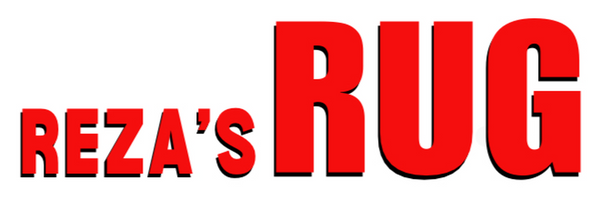RUG HISTORY
Qum (Qom, Kum, Koum, Kumm, Qhom, Ghom)
These carpets are named after the holy town of Qum, located 150km south of Tehran. Here one finds the tomb of Shah Abbas (1586–1628), the great patron of carpet weaving. These carpets are very tightly knotted and the pile is mostly of silk. One can even find extremely fine carpets where both pile warp and weft are of silk. If the pile is of wool there is often silk decor in the details. Qum has a great variation of patterns, flowers, medallions, cypresses, gardens, hunting scenes, vases and birds. The colours are often reddish brown, dark blue, orange or pink, but somewhere in the Qum carpet you almost always find turquoise.

Nain
These carpets are made in the small town of Nain which has always had a reputation of producing high quality wool. The carpets from Nain are also known for their fine patterns, similar to those of Isfahan. Many carpets have patterns of plants and animals, but most of them have intertwined branches with small flowers. The colors are typical of the region, light ivory or white with pale blue and beige or turquoise.
Isfahan

These carpets come from the old Persian capital Isfahan and were probably the first to be recognized in the west. During the reign of Shah Abbas, many carpets were sent as gifts to the rulers of western countries. The Isfahan carpets – as well as those from Nain – have patterns of flowers and intertwined branches, often with a medallion, but one can also find hunting scenes and the tree of life. In Najafabad, close to Isfahan, they produce similar carpets, but then the warp is of cotton.
Kashan
Kashan is a city with a long tradition of weaving. The carpets have a fine weave, often using silk, and are known for detailed medallion designs. Patterns may include the famous Shah Abbas motif, vases, floral sprays, and arabesques. The best Kashan carpets have a luxurious soft feel and intricate colorwork.
Heriz
The Heriz carpets are woven in northwestern Iran, distinguished by bold geometric medallions and an unusual palette. Their durability makes them popular, and many feature large-scale central medallions in red, blue, and ivory. The wool is thick and hardwearing, making these rugs ideal for high-traffic spaces.
Hereke
There are two kinds of Hereke carpets, one has a wool pile and cotton warp and the other silk pile with silk warp, which makes it a very elegant carpet.

Tekke
This is a Turkoman carpet produced by the Tekke tribe and is known in the west as “Bokhara”. The town of Bokhara being the main trading centre of the area. The typical Tekke has a broad border and the center field is decorated with octagon-shaped “guls”. The pattern is always geometric and the colours are often dark red with the pattern in blue and white.

Qashqai (Qashqai)
Qashqai is a tribal city of Iran. Qashqai weave is finer with a tight ridged back construction and shorter pile. Genuine old Qashqai are miracles of weaving and colouring skills. But it is a great pity since the Qashqai, the most important of the Turkish tribe in Iran, use only the Turkish knot.
Bakhtiyari (Bakhtiari)
The Bakhtiyari nomads live in the south west of Iran between Isfahan and Malyar. The three main carpet-weaving areas being Chahar Kurd, Chahar Shutur and Shalem Zar. Many have now abandoned their nomadic life, which explains why some Bakhtyari carpets can be quite large. The wool is thick on sturdy warp of cotton. This makes the carpets heavy but very hardwearing. Many Bakhtiyaris, particularly those from Shalem Zar, have the “garden motif” with a pattern is squares with animals, trees, and flowers.

Caucasian Rugs
Warm natural shades and strong designs are the common features of these rugs. If used with modern or antique furniture, they will give a new dimension of luxury to homes. The majority of Caucasian pile rugs have woolen warps and wefts. There are many kinds of Caucasian pile rugs relating to the places like Kuba, Baku, Shirvan, Kazak, Karabakh and Azerbaijan.
Baluch (Balouch)
These carpets are made by the Baluchi nomads in the Khorsan area (from the town of Meshed, Afghanistan). They use horizontal primitive looms and mostly weave small carpets. The pile is often sheep wool dyed into a dark red or blue color but they also use camel hair in brown and beige and goat hair for the edges. The warp is often a wool, except in the Meshed-Baluh where they use cotton. The pattern is geometric.
Kilim (Soumak, Somac)
There are many kinds of kilim rugs. Kilim differ from one another depending upon their region of origin. Some are made by unbleached woolen warps and single unbleached woolen wefts. In making kilims like Soumak, but it differs from other kilims with its softer outer surface and colourful shades.
Have Rug Questions? Talk to the Experts!
With 35+ years of experience in Oriental and modern rugs—including 25+ years serving DFW, Texas—we can help you choose, maintain, or restore the perfect rug for your home.
📞 Call Us: (469) 230 5088